|
PROJECT STORY 08 |

|
|---|
The Establishment of a Flood Disaster Prevention Information System to Mitigate Flood Damage in Hue, Vietnam
―The First Overseas Disaster Prevention Equipment Project―
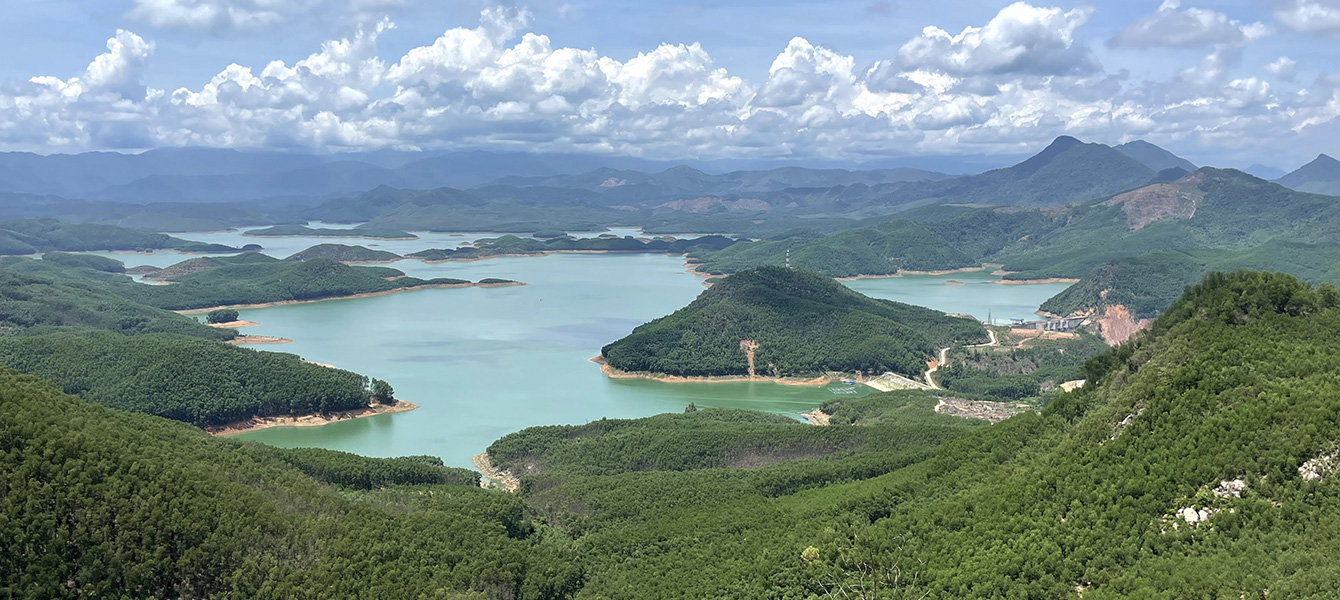
|
Project Manager JESCO ASIA Corporate Officer Akira Konoeda In September 2021, JESCO Group completed its first large-scale disaster prevention equipment project overseas in the Hue area of Vietnam. This project contributed to building a sustainable society by addressing SDG Goal 11: "Sustainable Cities and Communities." Akira Konoeda, Corporate Officer of JESCO ASIA and Project Manager, led the project. After successfully completing the large-scale disaster prevention construction, he shared his thoughts with a relieved expression: "Due to delays in equipment delivery caused by the COVID-19 pandemic, there were some delays in the construction schedule, but we managed to finish without any accidents. I am pleased that our technology could assist the people of Vietnam who are suffering from disasters." Hue, located midway between Hanoi and Ho Chi Minh City, was once the capital of Vietnam's last dynasty. The Perfume River, originating in China and stretching 1,200 km, flows through the heart of Hue and empties into the South China Sea. Although the river is usually calm, from September, when intense rainfall is frequent, until around February of the following year, it brings significant disasters such as wind and flood damage and landslides to Hue's urban area and its basin every year. A major cause of these disasters is the lack of a system for collecting information on rainfall, river water levels, flow rates, and dam water levels, as well as for predicting and disseminating flood damage information. |
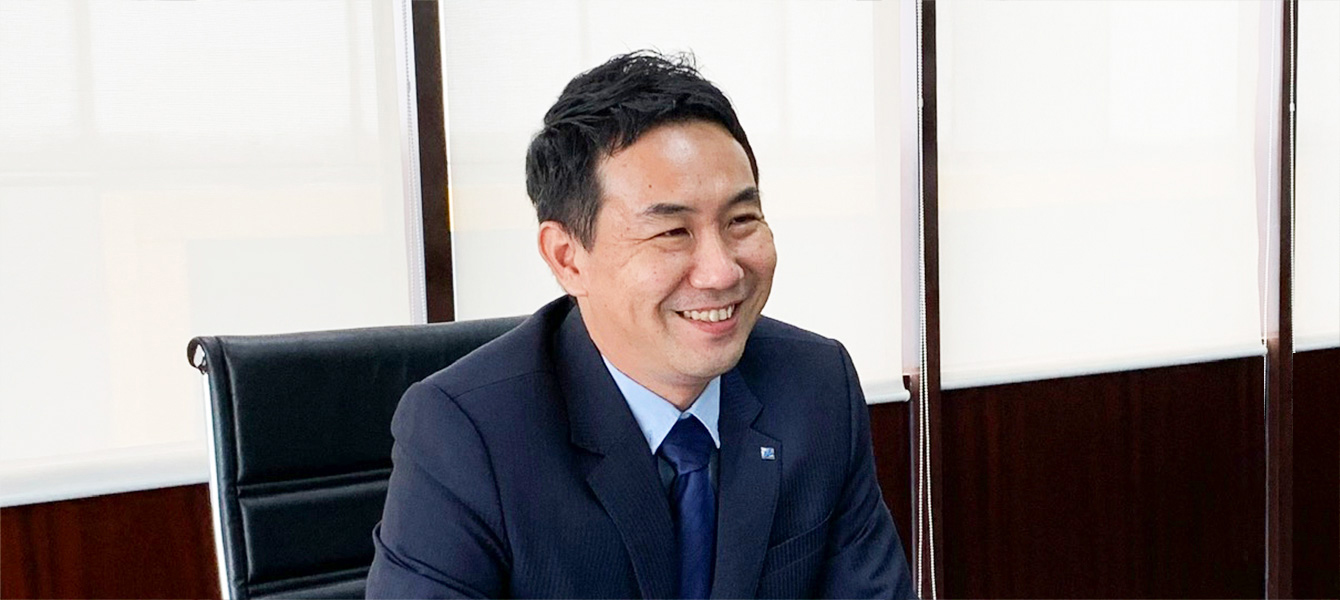
|
|
Leading the First Large-Scale Disaster Prevention Equipment Project Overseas: A Veteran Engineer with 20 Years of Experience The Vietnamese government, utilizing Japan's Official Development Assistance (ODA) and disaster prevention technology, has embarked on constructing hydrological observation equipment, such as water level and rainfall monitoring, and a water disaster prevention information system to enhance dam and river management capabilities and mitigate flood damage. This project aims to build monitoring equipment for water levels and rainfall at three dams and the Huong River, located within the basin, along with a water disaster prevention information network, to ensure the appropriate timing and volume of dam storage and release operations using Japanese disaster prevention technology. JESCO ASIA played a central role in this project. Leading this large-scale disaster prevention project overseas, the first of its kind for the JESCO Group, was Akira Konoeda from JESCO ASIA. Konoeda, a veteran engineer with 20 years of experience at the company, was assigned to Vietnam in 2014. In Vietnam, he has been involved in numerous ODA projects, including work on international airports and ITS equipment installation on the Ho Chi Minh–Zozaik Expressway. For this project, he took charge of the construction while being stationed alone in Hue for two and a half years, leaving his family in Ho Chi Minh City. Konoeda explained the background of securing the large-scale disaster prevention system project in Vietnam as follows: "The technology and track record of the JESCO Group in disaster prevention and mitigation projects in Japan, as well as our experience in projects such as Noi Bai International Airport, Tan Son Nhat International Airport, and ITS equipment on expressways in Vietnam, were recognized and evaluated, leading to this success. |
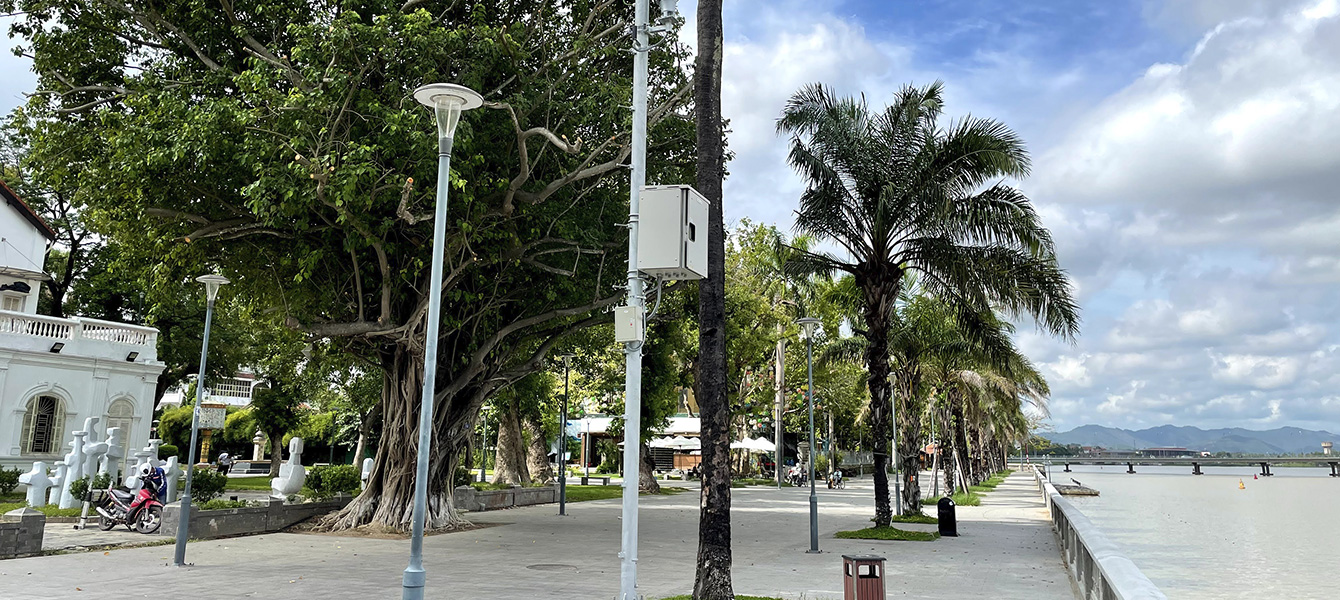
|
|
First Experience in Installing Equipment at the Lakebed of a Dam with a 10-Meter Water Level JESCO ASIA was responsible for constructing and systematizing disaster prevention-related facilities, including 10 water level observation stations, 14 CCTV stations, and 7 radio stations. Specifically, this involved installing equipment such as gauges and water level meters at the gates of three dams—Binh Dien Dam, Phuong Dien Dam, and Ta Chak Dam—in the Huong River basin. The dams' water levels can exceed 30 meters when full, and even under normal conditions, they are about 10 meters deep. “It was a project unlike anything we had ever experienced before,” said Konoeda. The installation of protective pipes for water level meters, which were to be set up from the dam crest to the lakebed, was entrusted to a local specialized diving company. Konoeda emphasized, “Given the potential risk of serious accidents, we paid careful attention to the safety of the divers. We conducted pre-operation inspections of equipment such as air compressors used to supply air before diving, confirmed their safe operation, and then proceeded with the work. As a result, we were able to complete the construction in the dam lake without any issues.” Additionally, water level observation stations were installed at 10 locations, CCTV cameras at 14 locations, and radio stations at 7 locations in the dam and river basin areas, with equipment such as water level meters, rain gauges, and radios set up at these sites. For the construction of steal structure towers to install antennas for transmitting and receiving data from each station, Konoeda mentioned, “We faced difficulties transporting and installing materials up the mountain to the summit. |
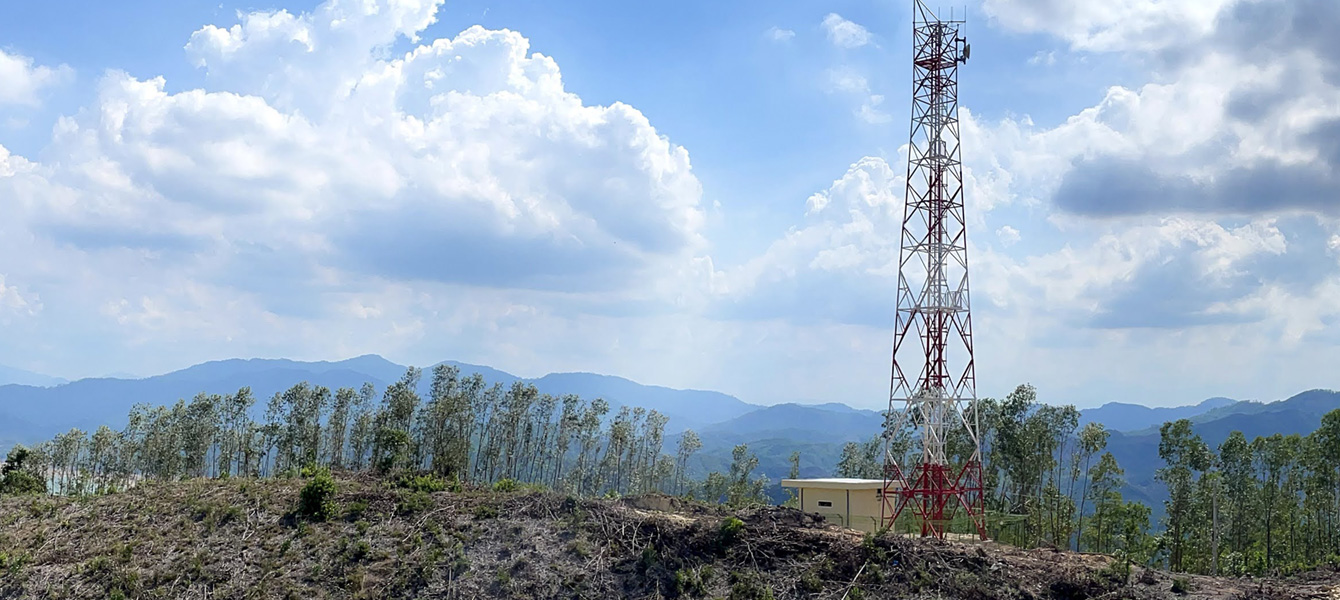
|
|
Despite facing a language barrier, he overcame it by having thorough discussions with local engineers The construction covered a wide range of fields, including electrical and telecommunications work, civil engineering, and construction. Work was carried out concurrently at six or seven sites. Konoeda visited several sites each day to check the progress and quality of the work and to ensure that the details of the construction were being handled properly. At the start of the project, the first task was recruiting personnel, including engineers. The construction staff was composed of six Vietnamese members: engineers for building-related work, electrical engineers, equipment installation engineers, and safety personnel, as well as one administrative staff member. Instructions and meetings with the staff were conducted in English. Konoeda approached the project with the mindset that "this is not a difficult job if we utilize our technical experience from Japan." However, he faced a language barrier. Since conversations were conducted in a non-native language for both parties, "there were times when it was challenging to convey our thoughts clearly." To avoid hindering the work, Konoeda reviewed the blueprints repeatedly before starting each task, having multiple discussions to confirm the details and procedures of the work. "Whenever there was even a small area of misunderstanding, I made sure to thoroughly discuss it with the local engineers and workers to prevent any discrepancies," he said, overcoming the language barrier. On the other hand, he also reflected, "There may have been points where instructions were not fully communicated. I should have increased the frequency of confirmations. I want to use this experience for future projects. |
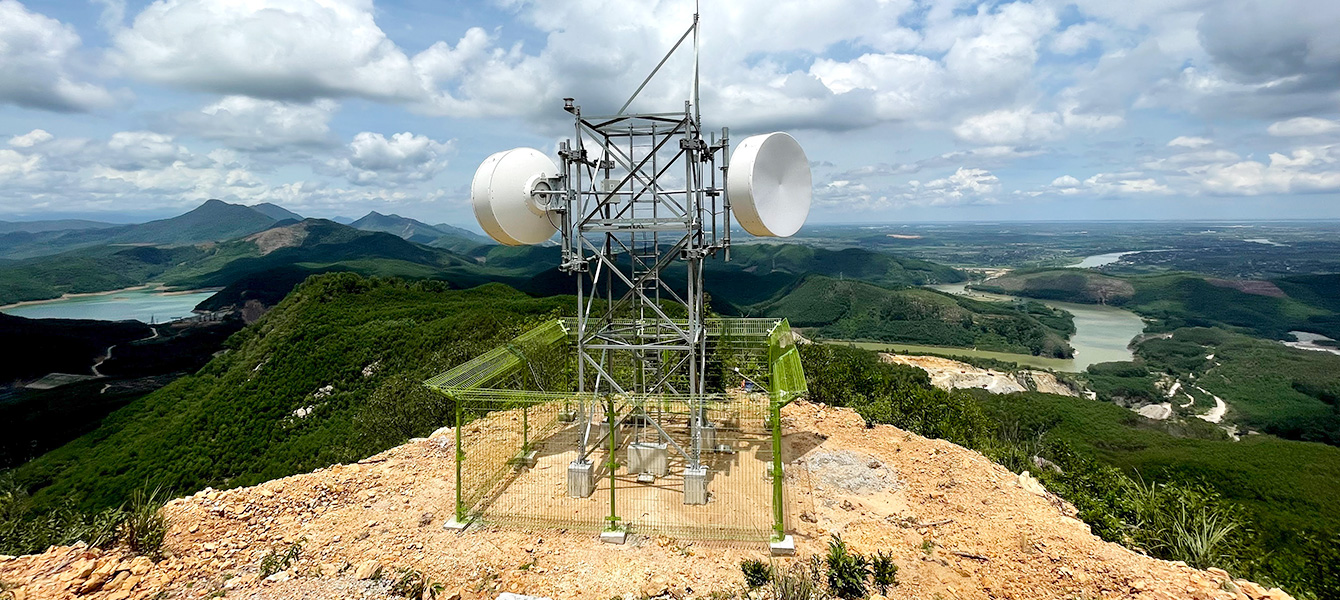
|
|
Simultaneously installing equipment at multiple locations and integrating them into a unified system—this is the technology of JESCO Installing equipment at individual locations is not difficult, but this project involved installing equipment and machinery at several dams and rivers and making them operational as a system. This is where JESCO's technology truly shines," said Konoeda with enthusiasm. During his assignment in Hue, Konoeda experienced a typhoon that flooded his accommodation up to the floor level, forcing him to evacuate to the second floor. This experience strengthened his resolve, and he expressed, "I hope our disaster prevention work will help the people of Hue and contribute, even if just a little, to creating a town where they can live with peace of mind." The construction has been completed, and they are currently verifying the system's operational status through data collection and demonstration tests. Konoeda is optimistic, stating, "Once the disaster prevention system is fully operational and proves its effectiveness, I believe there will be an increase in disaster and mitigation-related work in Vietnam." JESCO Group considers disaster prevention and mitigation construction as one of the pillars of its business, both domestically and internationally. With this project as a stepping stone, the company aims to expand its orders and contribute to building a sustainable society. (2021 December) |
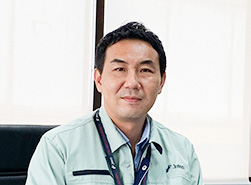
JESCO ASIA JSC
Corporate Officer
(Division Director, CSI Division)
AKIRA KONOEDA


